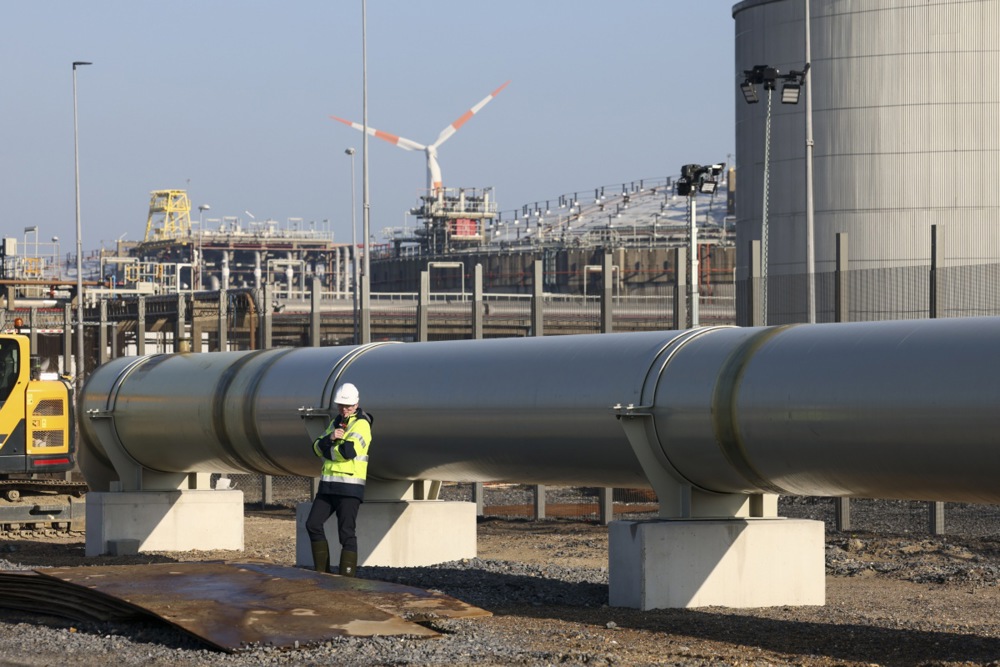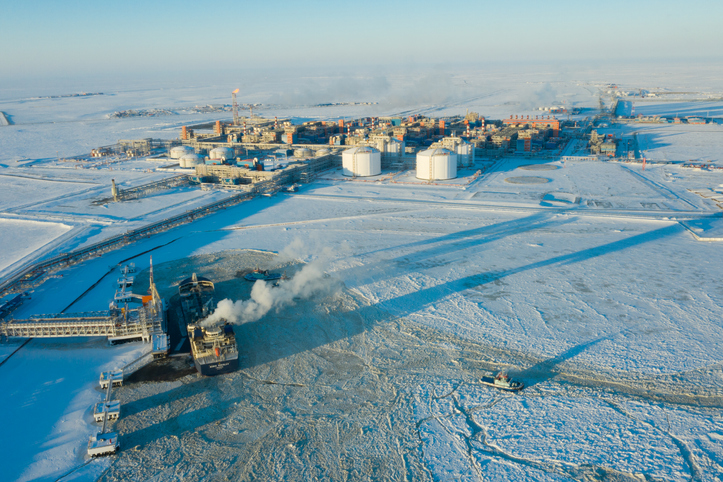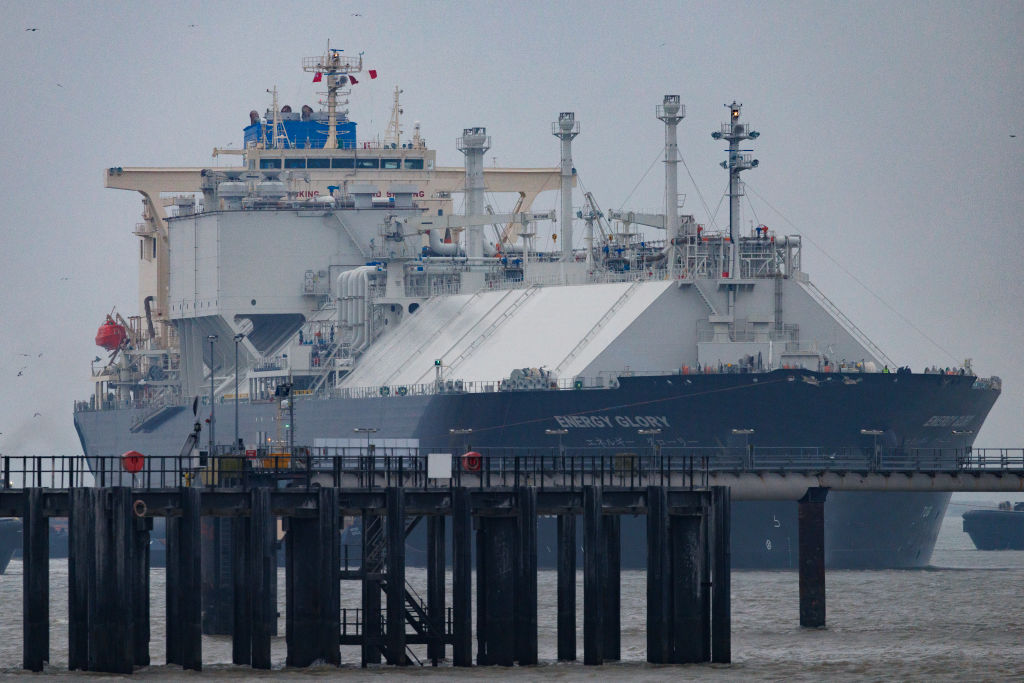In the first half of 2025, the European Union imported more liquefied natural gas (LNG) from the US and from Russia than ever before.
Buying more LNG from the US was part of the negotiations earlier this year between the European Commission and US President Donald Trump.
As regards Russian energy, recent EU decisions were designed to move completely from it, with sanctions and bans imposed.
“The EU is not diversifying now; we’re just replacing one dependency with another,” the IEEFA report lead author Ana Maria Jaller-Makarewicz, told Brussels Signal today.
“It’s not that US LNG is bad, it’s just another single source. We are now dependent on US LNG, just like in 2022 when we depended on one supplier,” she added.
In the first half of this year, Europe’s imports of US LNG rose by 46 per cent, making up 57 per cent of total LNG imports.
Meanwhile, despite sanctions, EU imports of Russian LNG also increased, by 7 per cent, in the same period.
At the same time, the demand for LNG across the continent is falling and infrastructure projects built since 2022 are already shutting down because they are not used, according to a report by the Institute for Energy Economics and Financial Analysis (IEEFA).
“Panic decisions were made when Russia invaded Ukraine, and lots of LNG terminals were built, but not all of them are used today,” Jaller-Makarewicz added.
When the war in Ukraine started in 2022 and energy security became a top concern, European governments rushed to build gas import infrastructure. The crisis also encouraged many households to install heat pumps and solar panels, especially during the first winter after the Russian invasion.
“There was a 20 per cent decrease in demand for LNG because renewables and gas have taken over in some countries,” Jaller-Makarewicz said.
“If you have a heat pump or solar panels, you replace your energy needs, so LNG demand will not return — consumption is evolving in Europe.”
According to the European Solar Panel Association, orders for solar panels surged in 2022 as energy prices soared. Many were installed the following year because there were not enough contractors at the time to meet the sudden demand.
In 2023, EU countries added 55.9 gigawatts of solar capacity, a 40 per cent rise on 2022.
Government incentives were key to this shift, encouraging households to install both solar panels and heat pumps as energy prices surged.
The European Heat Pump Association said sales were already rising in 2021 but accelerated sharply in 2022 and 2023, supported by subsidies and consumer interest in cutting energy bills. Sales then fell in 2024 after several governments changed support schemes, shaking consumer confidence already weakened by the cost-of-living crisis and the low price of subsidised gas.
Use of LNG terminals varies widely, according to Jaller-Makarewicz.
In places including Poland and Croatia, the infrastructure is heavily used, while in others, such as Germany and Greece, the facilities have been far less active than expected.
She said that many governments see these terminals as a form of insurance against possible supply disruptions rather than essential daily operations.
National subsidies and EU rules continue to shape how countries support or discourage certain energy sources.
This year, construction of new LNG terminals in Europe has slowed as countries realise they overestimated future gas demand.
Germany has already closed or suspended several projects, while a court in France ordered the removal of a terminal in Le Havre that has sat idle for more than a year.
Another facility in Germany stopped operating about a year after opening and a technical problem at one in Greece reduced its use to almost zero earlier this year.
Europe’s gas processing through EU terminals rose by 13 per cent in 2023 and 8 per cent in 2024 but is expected to grow by only 2 per cent in 2025. The IEEFA forecasts that by 2030, Europe’s gas consumption will fall by 15 per cent and LNG imports by 20 per cent.
Jaller-Makarewicz said part of this decline was due to the return of some pipeline gas supplies.
“The EU keeps importing more liquefied gas from Russia, not pipeline gas,” she said. “Some of the gas coming via Ukraine stopped at the end of 2024 when the transit deal expired and wasn’t renewed.
“Imports of pipeline gas from Norway have increased, and also from Algeria,” she said. But that hasn’t reduced Europe’s purchases of LNG, including Russian shipments, which continue to rise.
From early 2022 to mid-2025, EU countries spent around €120 billion on pipeline gas and LNG from Russia, according to IEEFA data.
France received 41 per cent of these cargoes, followed by Belgium — home to one of Europe’s main import hubs — with 28 per cent, Spain with 20 per cent, the Netherlands with 9 per cent and Portugal with 2 per cent.
“US LNG replaces some of the Russian pipeline gas, not Russian LNG. We don’t understand the logic behind importing more Russian LNG — that’s why we track and report it,” Jaller-Makarewicz said.





Big EU countries lead the way in increased imports of fossil-fuel LNG from Russia